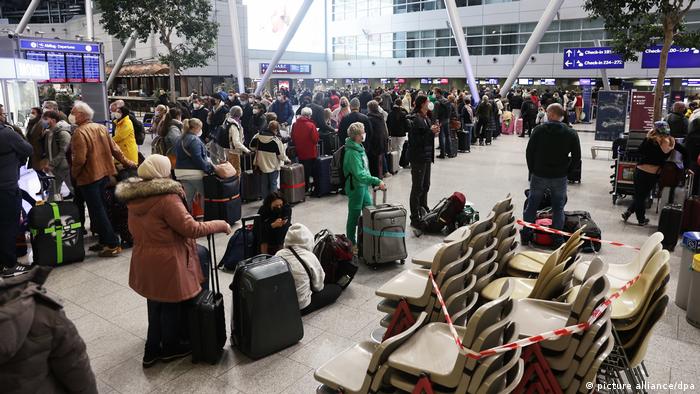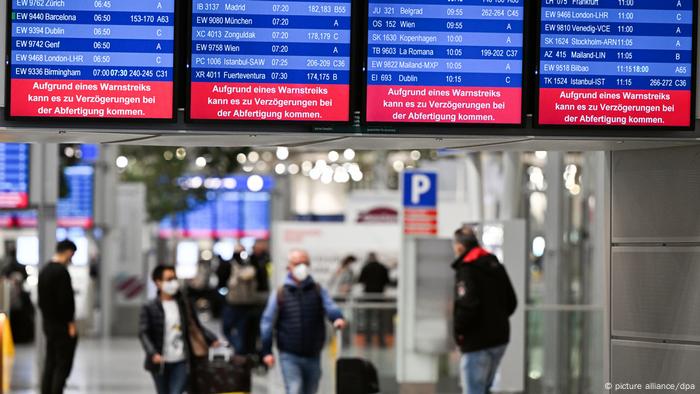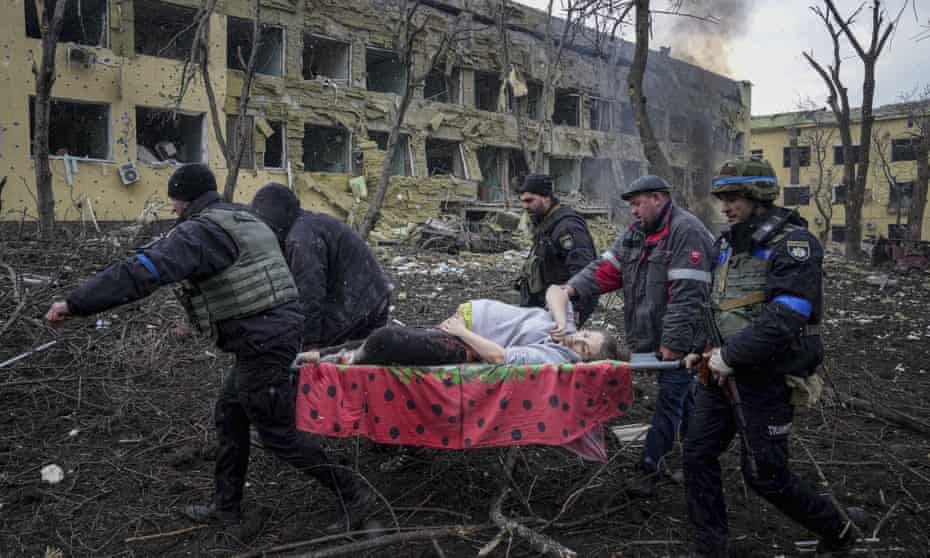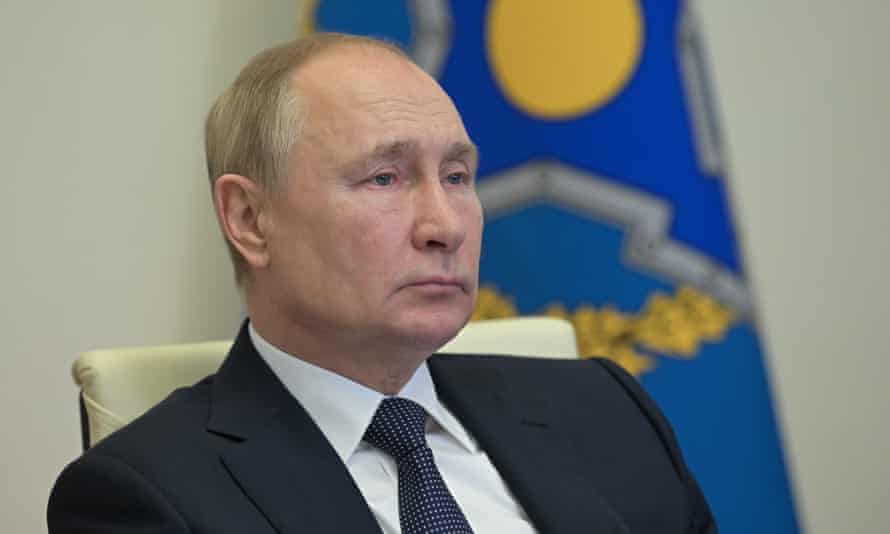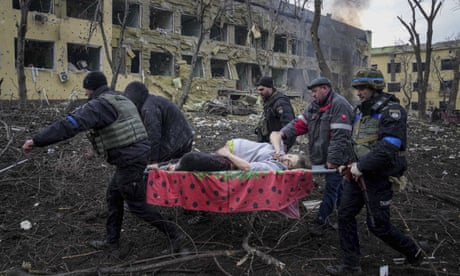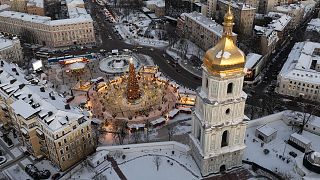Ukraine’s only woman rabbi among the many Jews fleeing war
By VANESSA GERA
Rabbi Julia Gris, who led a Progressive Jewish congregation in Odessa, Ukraine, visits a synagogue in Warsaw, Poland, Saturday, March 12, 2022. Many Jews are among the more than 2.5 million refugees leaving Ukraine. International Jewish organizations have mobilized to help, working with local Jewish communities in Poland, Romania, Moldova and elsewhere to organize food, shelter, medical care and other assistance. Among them is Rabbi Gris, Ukraine's only woman rabbi, who these days leads online Shabbat services for her scattered congregation. (AP Photo/Czarek Sokolowski)
WARSAW, Poland (AP) — On her first Shabbat away from the fighting in Ukraine, Rabbi Julia Gris twice led services to welcome the Jewish holy day.
A week earlier, Ukraine’s only woman rabbi had been fleeing the war that scattered her Odesa congregation from Moldova to Romania and Israel. Some stayed behind, braving the Russian shelling.
She first led an online service for those congregants scattered abroad. Then, she officiated one in person for a small group in Poland, taken in by a Christian couple near Warsaw.
Gris lit sabbath candles that she had carried from Ukraine, while her 19-year-old daughter Izolda played the guitar and sang, just as she had during services back home in the her Reform community, Shirat ha-Yam.
“There were so many stories, so much crying and so much pain,” Gris said. “For those who are here, and even more so for those still in Ukraine.”
Gris and her daughter found safety after a 30 kilometer (20 mile) walk lugging suitcases and their two cats, reaching the border with Poland where they negotiated a 40-hour wait without food, water or toilets.
The mother and daughter are part of the exodus from Ukraine that has become the fastest-growing humanitarian crisis in Europe since World War II
With some 200,000 Jews in Ukraine, one of the world’s largest Jewish communities, it is inevitable that many Jewish people are also among those fleeing.
International Jewish organizations have mobilized to help, working with local Jewish communities in Poland, Romania, Moldova and elsewhere to organize food, shelter, medical care and other assistance.
The reality that so many Jews have joined the mass civilian exit from Ukraine exposes the deceitfulness of Russian claims that it’s there to “denazify” Ukraine. In truth, Ukraine has steadily grown into a pluralistic society, led by a Jewish president, Volodymyr Zelenskyy.
“Why is a Russian regime that claims to be “denazifying” Ukraine brutalizing a country led by a democratically elected and proud Jew?” said David Harris, the CEO of the American Jewish Committee (AJC), who visited Poland this week to assess the needs of refugees. “Why is Moscow adopting Nazi-like tactics of the 1930s — fake history, phony grievances, blitzkrieg, attacks on civilians and civilian institutions, and murder of children?”
Gris said she always felt very much at home in Ukraine, a Russian-born Jew who had never felt discrimination.
Now Russia’s invasion has plunged the country into an acute humanitarian crisis affecting Jews and non-Jews alike. Jewish organizations say they are there to help all refugees irrespective of faith. But for some Jews, the organizations’ involvement is essential to helping them emigrate to Israel or stay true to their faith’s observances, for instance by getting kosher food.
Aside from the AJC there are others helping. The American Jewish Joint Distribution Committee (JDC), a New York-based Jewish humanitarian organization, has so far evacuated thousands of Jews to Moldova and helped several thousand more after they reached Poland and other countries.
Poland’s chief rabbi, Michael Schudrich, said some of the Jewish refugees plan to go to Israel while others intend to join family in countries like Germany or Britain. Others, he said, “have to figure out what to do with their lives — do they want to settle in Poland or elsewhere?”
The dark historical irony isn’t lost on Schudrich. Eight decades ago, Jews desperately tried to flee German-occupied Poland and other eastern European countries under Nazi German rule. Six million of them were exterminated.
“The struggles that people had, the splitting up of families, saying goodbye and never knowing if you would see each other again, and most times you didn’t,” Schudrich said. “And to think now that Jews and others are not fleeing out of Poland but into Poland, and we, the small Jewish community of Poland, can now welcome them.”
Gris is awaiting a sponsorship letter in hopes of going to the U.K. She was ordained a rabbi at the Leo Baeck College in London and has friends and colleagues there who are supporting her.
Wearing a sequined kippa and a ribbon pinned to her chest in the blue and yellow of Ukraine’s flag, Gris said that she never experienced anti-Semitism in her 22 years of living in Ukraine.
It was the fact that she was Russian that made her nervous after Russian troops attacked Ukraine on Feb. 24. Friends advised her that she would be better off leaving. Ukrainian authorities froze her bank account — a step taken against Russian and Belarusian citizens. At the border, she said Ukrainian guards asked, “how do we know you’re not a spy?”
Gris said she could understand that reaction from a nation under attack, but it still hurt because “my heart and soul is with Ukraine.”
Gris, 45, was born in Bryansk, Russia, before the breakup of the Soviet Union. She embarked on her spiritual journey as a teenager at a time of a broader revival of Jewish life in eastern Europe. Judaism, like other religions, had been suppressed by the the officially atheistic ideology of the communist era.
In her youth she was told by a rabbi that she was so wise that she could even aspire to being a rabbi’s wife. But she said to herself: “No, I will be a rabbi myself.”
Gris doesn’t know where the war will lead but fears that Jewish life will never be the same there.
On Saturday, her second Shabbat in safety, she was joined in Warsaw by a member of her Odesa congregation — two thirds of whom have fled now — a reunion that was comforting to them both.
She denounced Russian propaganda, and recounted how her own mother, who is still in Russia, didn’t believe that Russia attacked Ukraine. “I had to tell her yes, I can hear the sirens and the bombs myself!”
Now she feels her life in Odesa may be lost forever. “I don’t know when I can go back,” Gris said fighting back tears. “Or if I will go back.”
